Admittedly, Canada has some pretty awesome provincial birds, like Gyrfalcon, Snowy Owl, and Common Loon. But bear with us—eBird uncovered some thought-provoking alternatives.
April 5, 2023
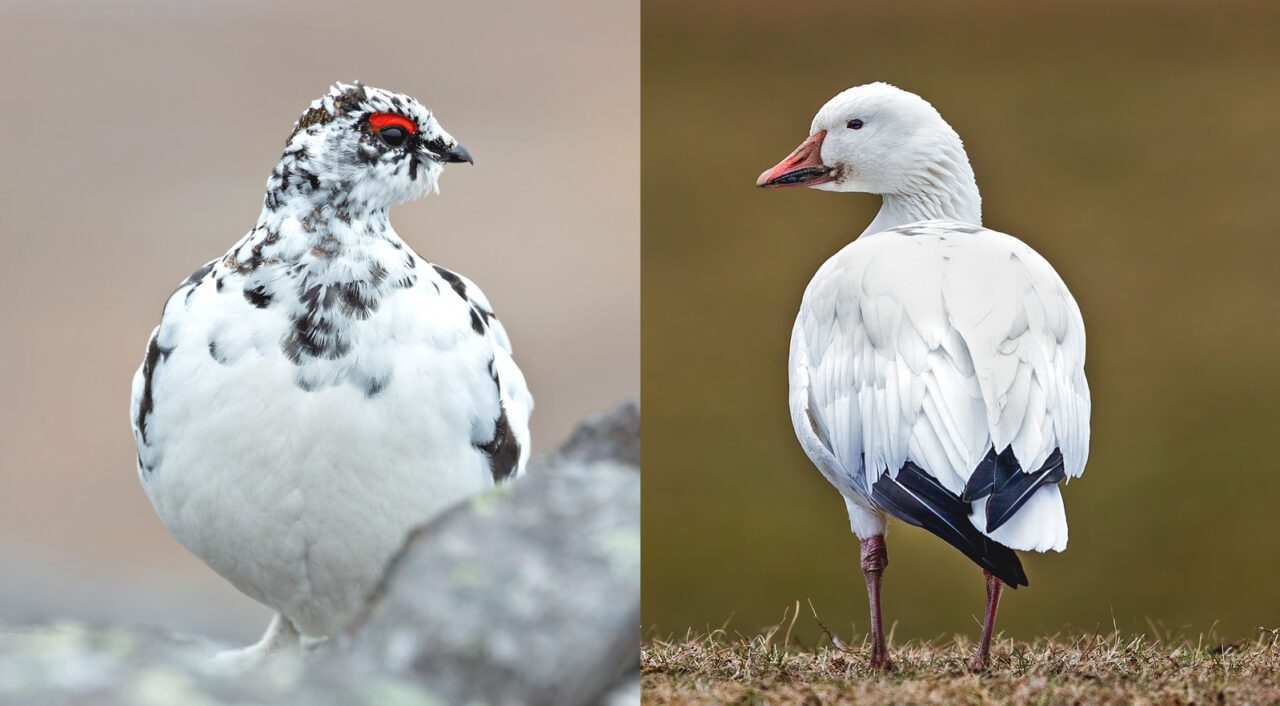
From the Spring 2023 issue of Living Bird magazine. Subscribe now.
This is Part 5 of our reevaluation of state and provincial birds, a light-hearted project using eBird analyses. On the whole, the current slate of official birds includes some fine choices—some of them just seem a bit random. It got us wondering which birds have the deepest connection to their state or province, in a biogeographical sense—so we used eBird Status and Trends models to do just that. See more details about our process in Part 1.
The movements to declare official birds in Canada occurred much later than in the U.S.A., with most provinces naming their official birds in the 1970s and 1980s. When the Canadians did it, there was no overlap; each province honored a different bird. And we have to admit they chose some pretty great birds, on the whole, including Snowy Owl, Atlantic Puffin, Gyrfalcon, and Common Loon.
More State Bird Suggestions
Nevertheless, the eBird data suggested some different choices, most of which would likely not fly if it came down to a popular vote, says Stu Mackenzie, an eBird reviewer in Ontario and ornithologist at Birds Canada. For instance, eBird’s suggestion for Quebec’s new bird is the Philadelphia Vireo. “No one in Canada wants a bird stupidly named after a U.S. city as their bird,” he says. (On the other hand, he adds that a name change to “Quebec Vireo” for the species might be in order.)
Mackenzie says other name changes would be needed if the eBird provincial birds were to be considered, such as switching Townsend’s Solitaire to “Yukon Solitaire.” And he says Indigenous names, cultures, and traditions would need to be part of the discussion. But “at the end of the day, it’s a fun thing to do,” Mackenzie says of the eBird provincial birds thought experiment.
“You’re unlikely to take the loon away from Ontario,” he says, but “the exercise creates an interesting discussion and brings forward some interesting ecology for different parts of the hemisphere that people [otherwise] wouldn’t think of. … Only a small group of folks know of the importance of the Hudson Bay lowlands to species like Yellow Rail.”
In another controversial choice, eBird data suggests that Manitoba residents ditch the thoroughly awesome Great Gray Owl for the secretive and poorly studied Connecticut Warbler. Manitoba provides breeding territory for a full third of the Connecticut Warbler population, thanks to its proliferation of insect-rich boreal bogs and meadows. Currently no warblers are honored as an official bird across the U.S. and Canada. Given how beloved warblers are by birders, perhaps it is fitting that eBird data suggests 15 different warbler species as new state or provincial birds.
Here’s the full lineup of provinces and territories, with eBird’s suggestions:
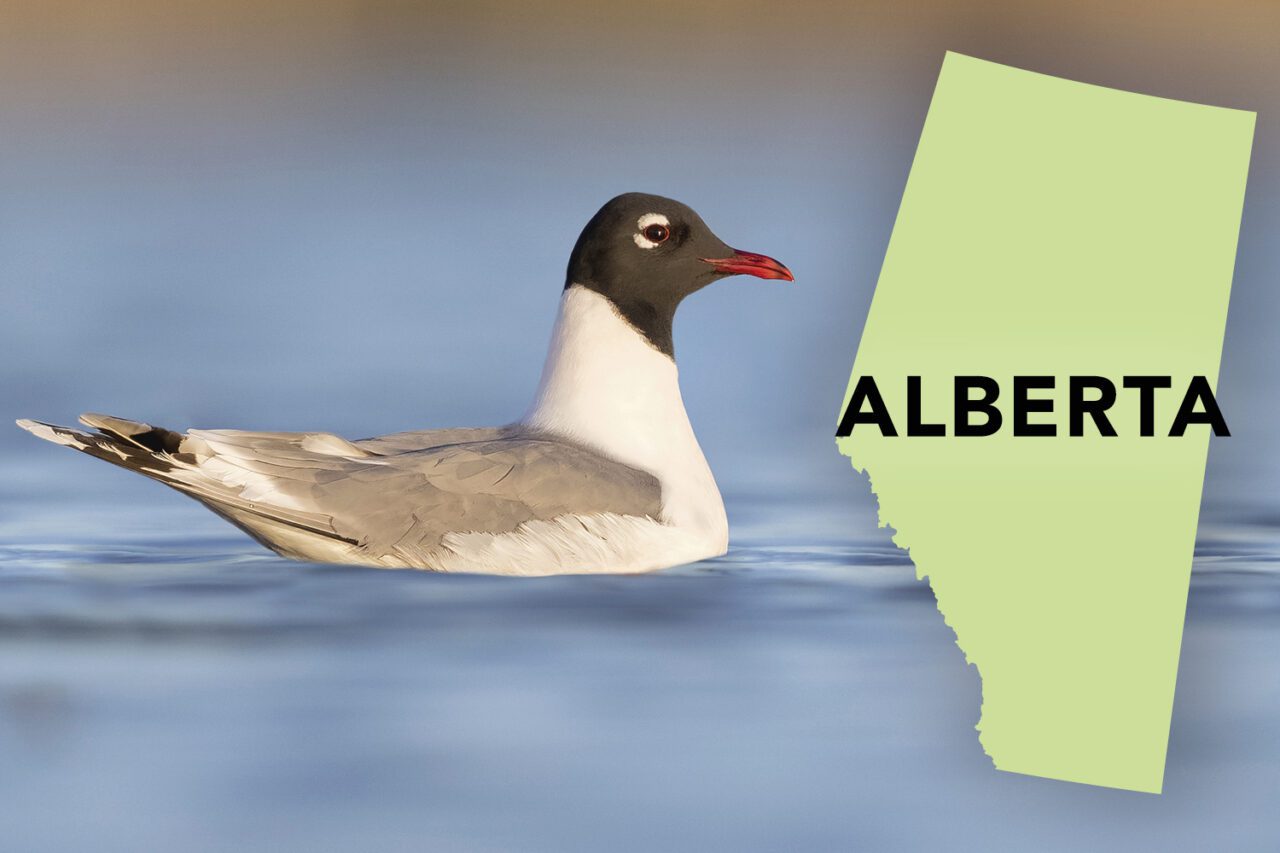
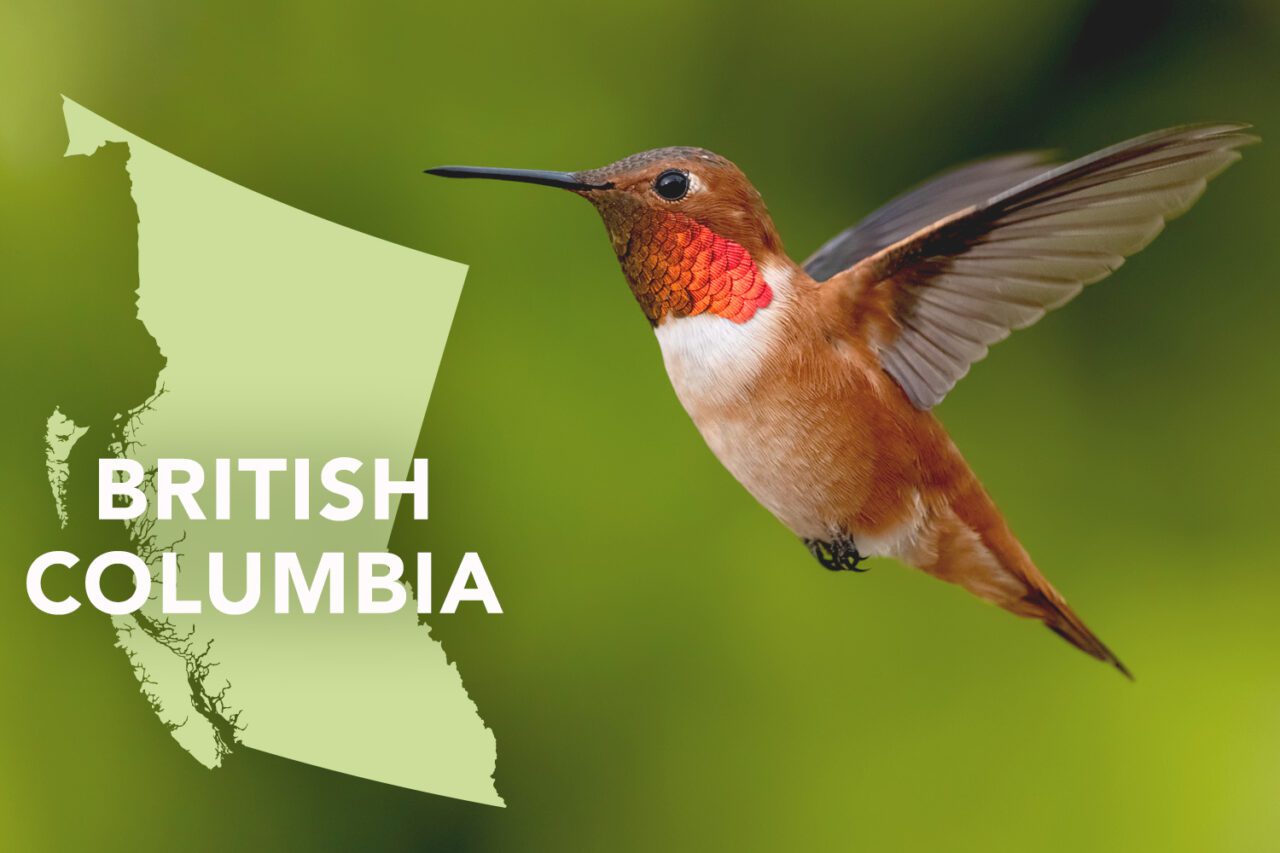
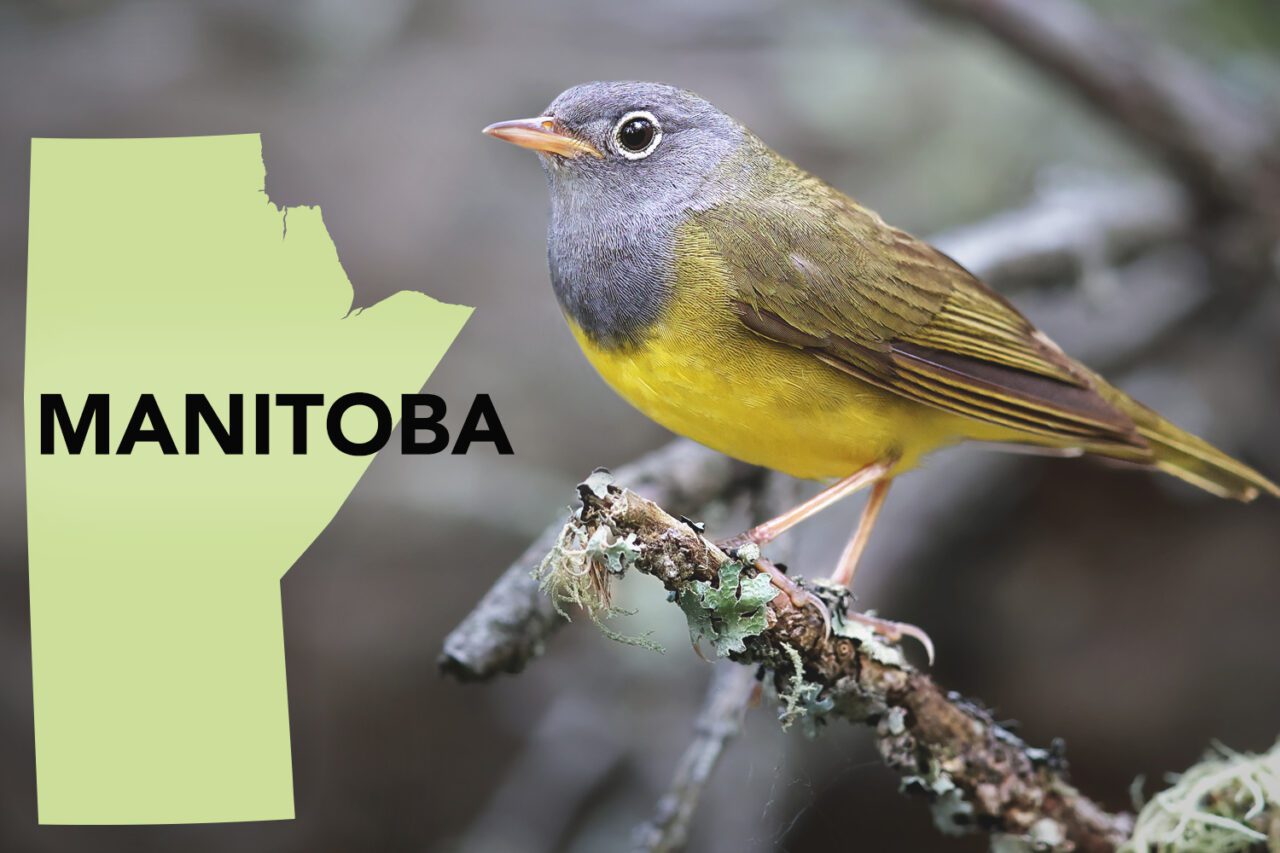
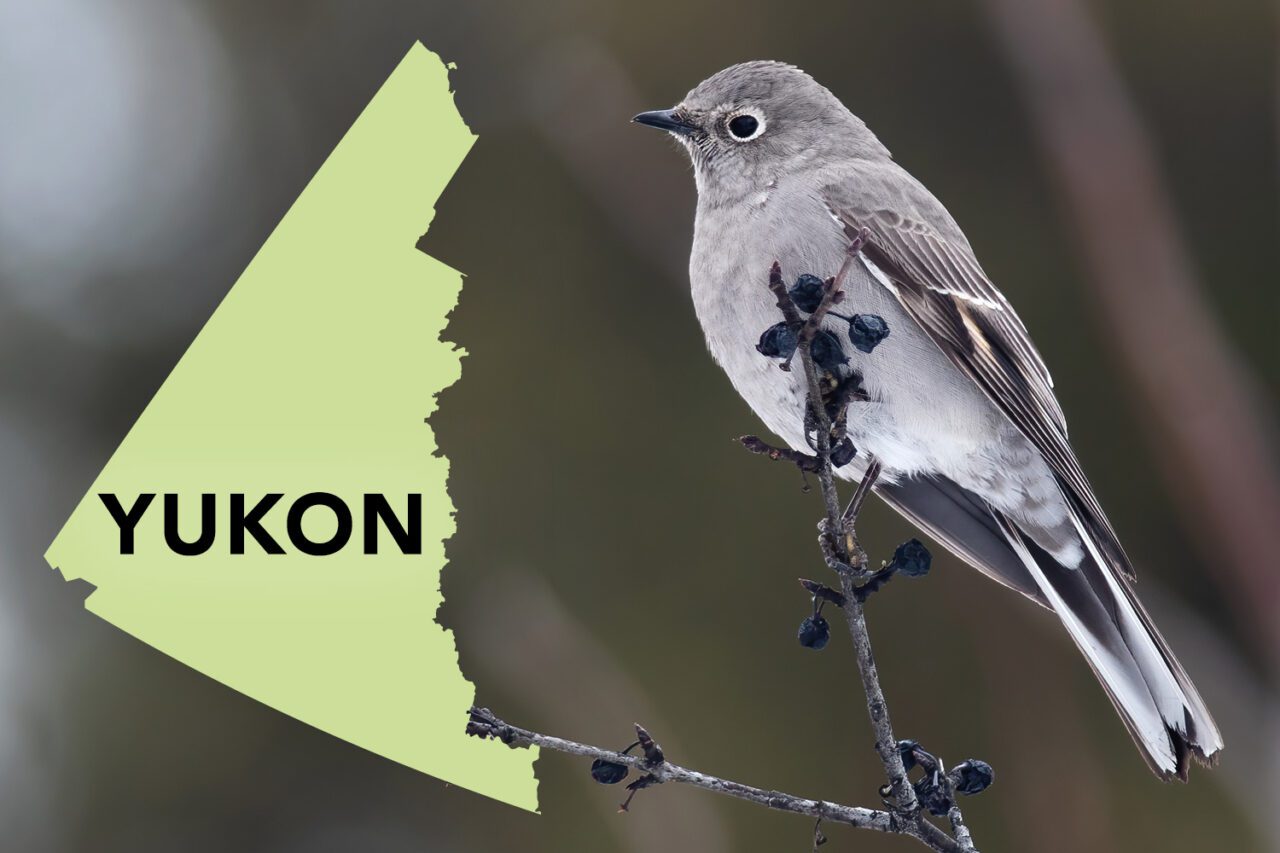
Matt Smith is an applications programmer for the Macaulay Library at the Cornell Lab of Ornithology. Smith conceptualized this story while playing with eBird data as a hobby. Marc Devokaitis is the associate editor of Living Bird magazine.

